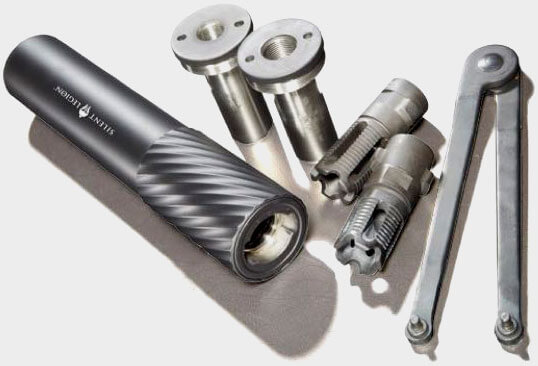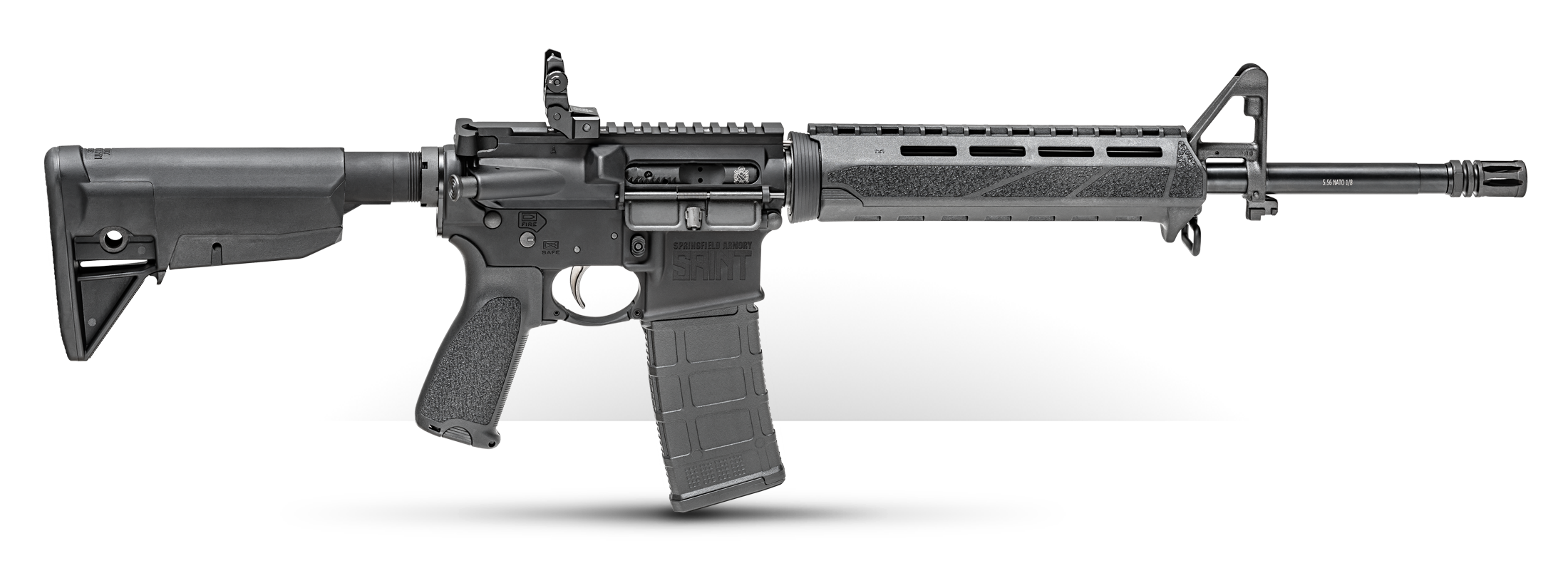Rifle Suppressors: What You Need to Know
September 13th, 2023
5 minute read
Unfiltered gunfire from high-velocity rifles is profoundly, deliriously loud. This penetrating, deafening racket carries for literally miles and can become a weapon unto itself indoors. A proper sound suppressor will fundamentally change the rifle shooting experience.
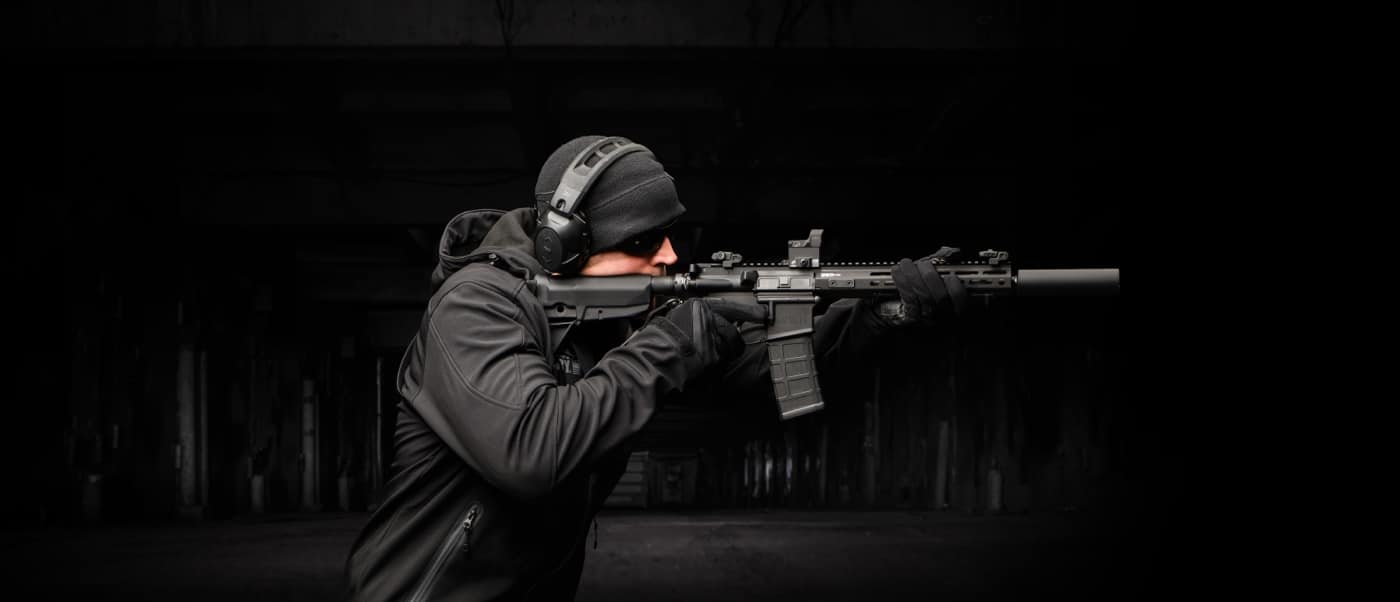
The Mission
Where pistol cans must be carefully crafted to ensure proper reliability, the actual size and weight of a rifle suppressor seldom have much effect on a gun’s operation. Rifle cans, however, must manage massively greater pressures than might their handgun counterparts. The muzzle blast and volume of angry gas the device is expected to control is significantly more intense. However, the hole in the end is usually considerably smaller, so more of that chaos stays inside.
Most rifle cans either thread directly onto the muzzle of a rifle or attach via dedicated flash suppressor mounts. Suppressors using dedicated mounts are typically a bit more expensive but offer the benefit of swapping quickly between platforms. While suppressors can be specifically crafted for a particular application, .30-caliber cans work just fine on .223 rifles.
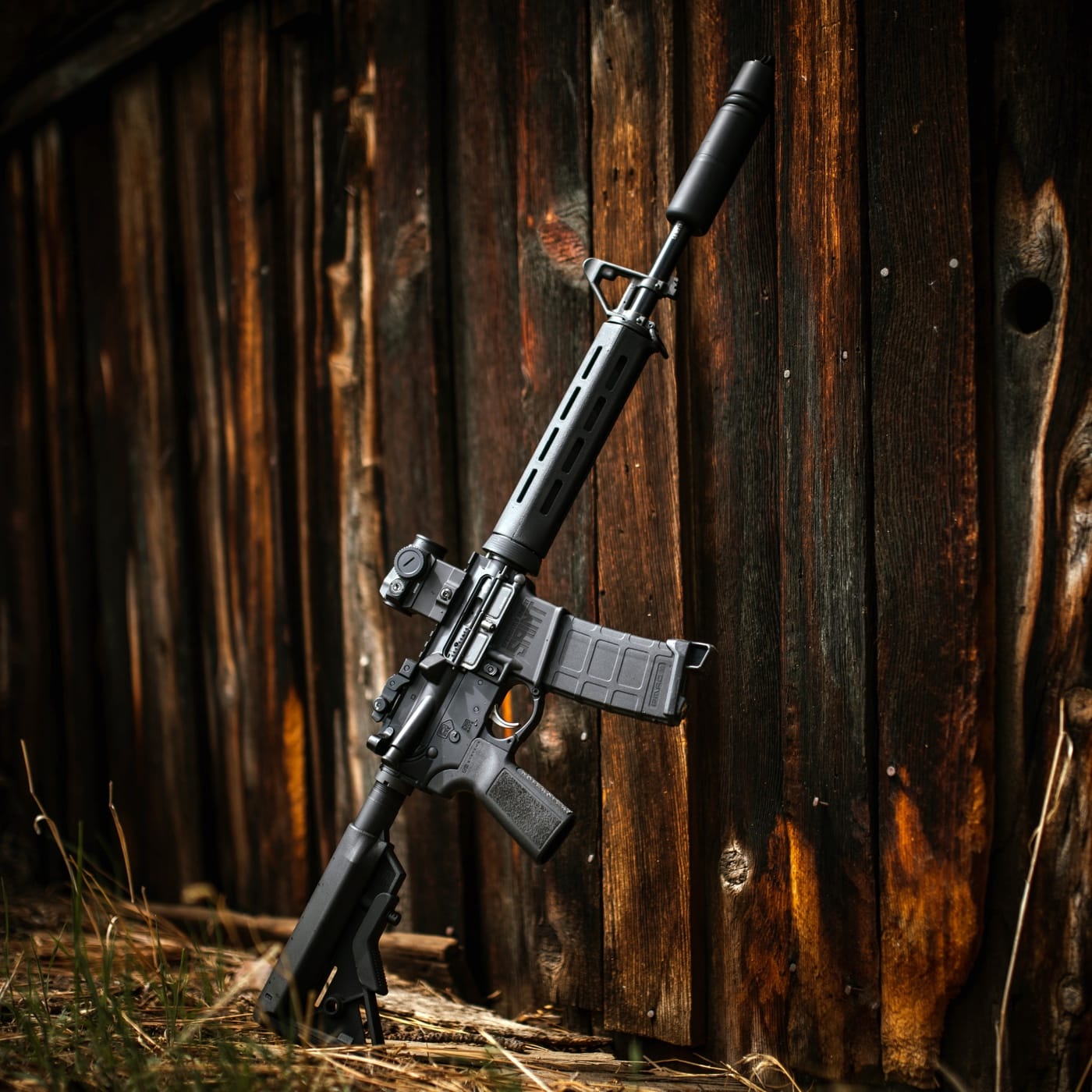
With few exceptions, most all rifle rounds will be naturally supersonic. This means an inevitable troublesome sonic crack from the bullet once it is outside the gun. There is no gun-mounted mechanical contrivance that will ever affect that. However, the practical effect of this phenomenon is a function of length of exposure.
Launching a standard velocity 5.56mm round from my suppressed Springfield Armory SAINT rifle out over a 100-meter shooting range will produce a penetrating crack even though the rifle itself remains nicely quiet. However, fire that same rifle into a soft dirt berm ten meters distant, and the racket is not bad at all. This has significant ramifications for running suppressed high-velocity rifle rounds indoors at close range.

Subsonic loads are available for a wide range of popular rifle calibers, but they will usually not function well if at all in autoloading rifles. To run subsonic ammo in a suppressed black rifle typically requires you cycle the action manually with each shot. Bolt-action platforms are an entirely different beastie.
I load my own subsonic rounds in 5.56mm and 7.62mm using Hodgdon Trail Boss powders. These high-volume powders are designed for cowboy action shooting and run consistently and clean at subsonic velocities. Rolling your own specialty ammo like this saves a bundle over commercial subsonic products.
Mounting a quality sound suppressor on a long-range precision rifle will dampen out barrel harmonics and enhance accuracy. The point of impact will shift predictably with the can in place, so you obviously want to zero the system in the configuration it will be run operationally. The mitigation in noise and muzzle blast inevitably makes shooting a long-range system markedly more pleasant as well.
Flexible Firepower
The .300 BLK cartridge deserves special mention. Essentially a .30-caliber bullet loaded into a 5.56mm case, the .300 BLK is specifically crafted to maximize efficiency in a suppressed platform. .300 BLK loaded to supersonic velocities produces a sonic crack when fired but remains plenty spunky for serious social work.
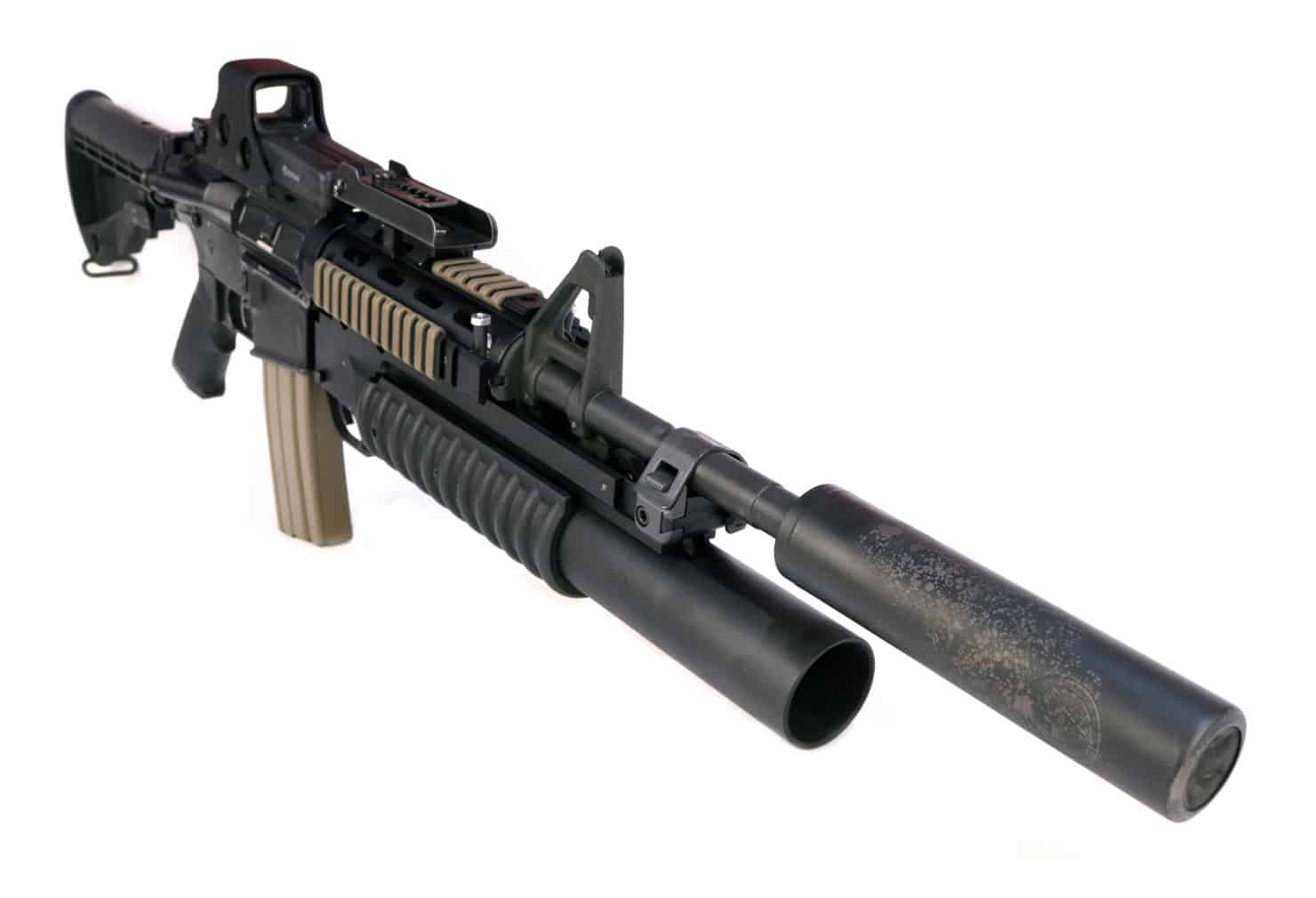
The same weapon firing subsonic loads can be just stupid quiet. Autoloading rifles and pistols chambered for .300 BLK are designed to function reliably at both ends of the velocity spectrum. Additionally, as the case head is the same as that of a 5.56mm round, standard bolts and bolt carriers may be used.
.300 BLK will run safely through any .30-caliber rifle can. Many to most 9mm pistol cans are rated for .300 BLK as well. Some pistol cans should be restricted to subsonic loads only. The suppressor manufacturer will publish the details.
Flexible Firepower
A nice high-end sound suppressor can be expensive, and the $200 transfer tax is hardly front pocket change. Additionally, the interminable wait for the forms to process is sufficient to drive a guy to distraction. Silent Legion has therefore crafted a one-size-fits-most solution to all of your suppressed rifle needs. They call it their Complete Multi-Caliber kit.
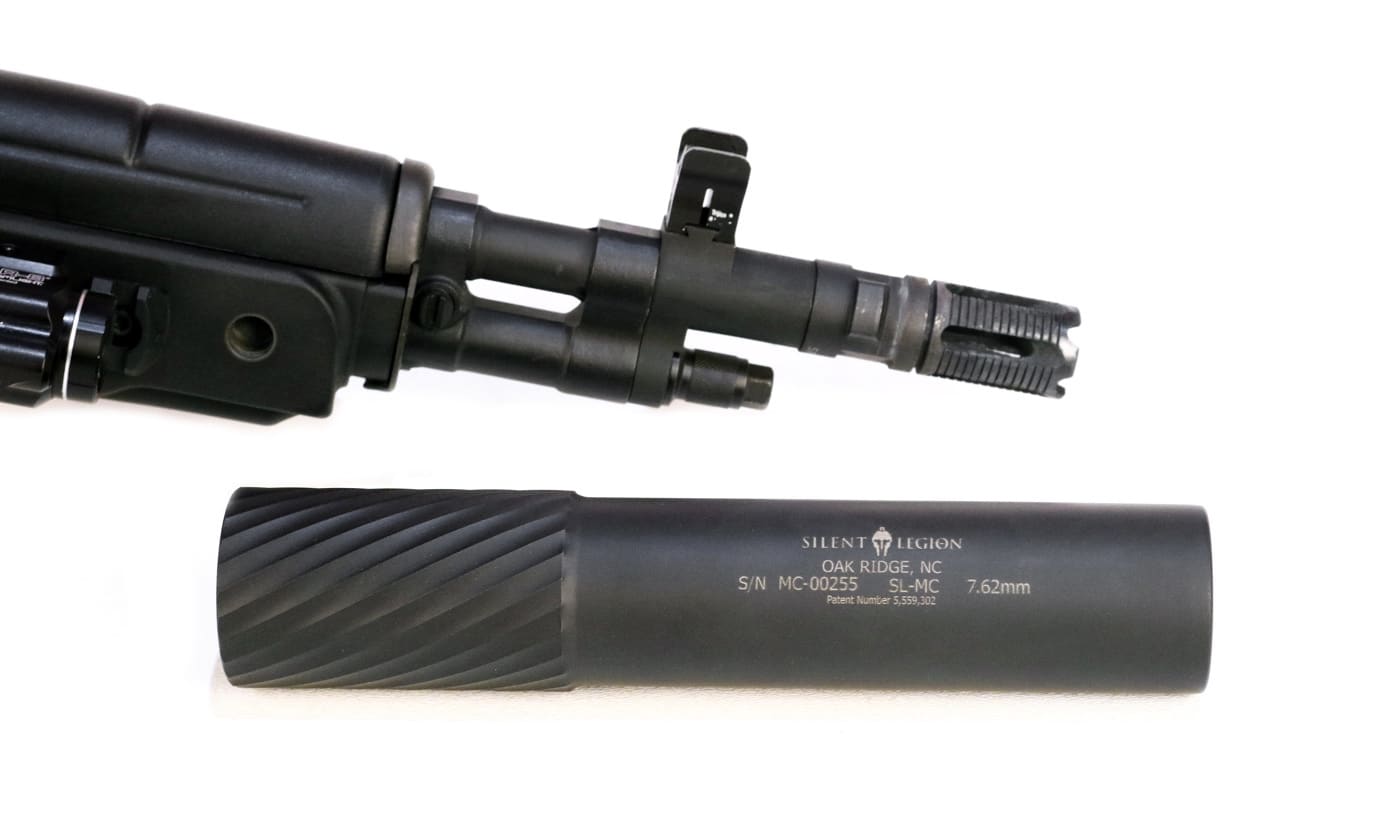
The Silent Legion solution orbits around their rugged high-efficiency .30-caliber rifle suppressor. This lightweight titanium can weighs 16 ounces and is designed to manage powerful calibers up to and including .300 Win Mag. The suppressor can be disassembled for cleaning or service at the user level via an included wrench.
In its multi-caliber form, the can comes with four separate mounts and a proprietary quick-release interface. Direct thread mounts in both ½”-28 and 5/8”-24 accommodate all standard .22 and .30-caliber muzzles. The kit also comes with two flash suppressor mounts in the same two thread pitches. I keep one on my 5.56mm SAINT and the other on my .308 SOCOM 16 CQB rifle. Thusly configured, I can quickly and easily swap the single can between the two platforms without tools even at the bench.
Cerebrations
It is amazing how much more fun an afternoon at the range can be if you have a sound suppressor hanging off of your favorite high-powered rifle. Unsuppressed rifle rounds, particularly through short-barreled weapons, will reliably clear your sinuses. Drop a can on that same gun, however, and it develops a much more placid personality.
Whether the rifle is a .22-caliber plinker, a 5.56mm SAINT home defense tool or the profoundly powerful SOCOM 16 CQB, adding a sound suppressor is a reliable force multiplier. Do a little enlightened comparison shopping and you can use a common can across several platforms as well. A rifle suppressor will reliably control the chaos.
Editor’s Note: Please be sure to check out The Armory Life Forum, where you can comment about our daily articles, as well as just talk guns and gear. Click the “Go To Forum Thread” link below to jump in and discuss this article and much more!
Join the Discussion
Featured in this article
Continue Reading
Did you enjoy this article?

 203
203




